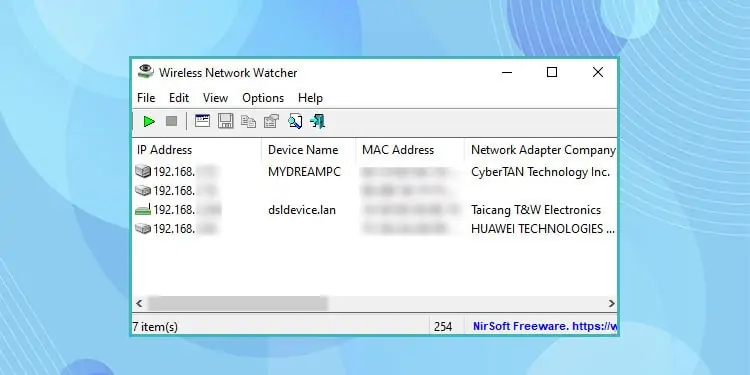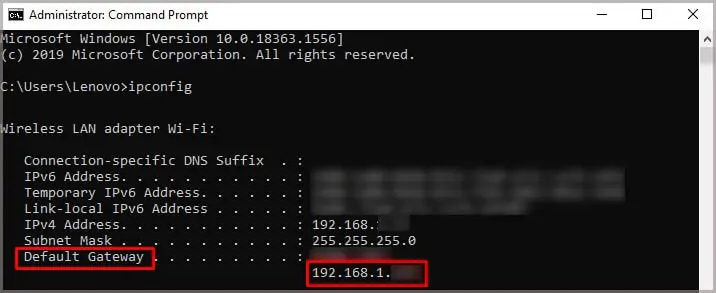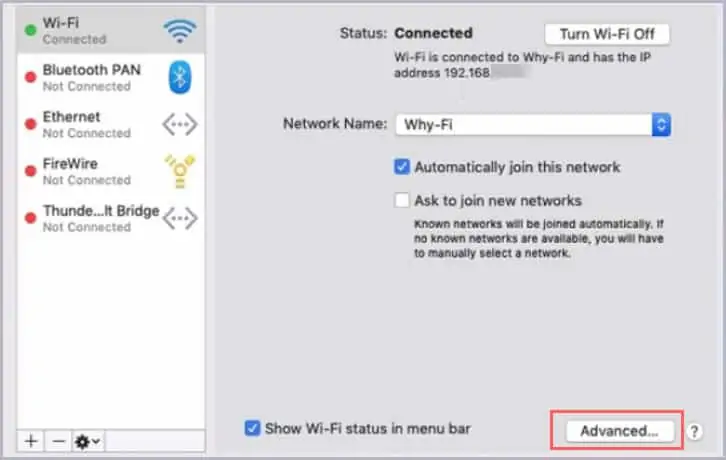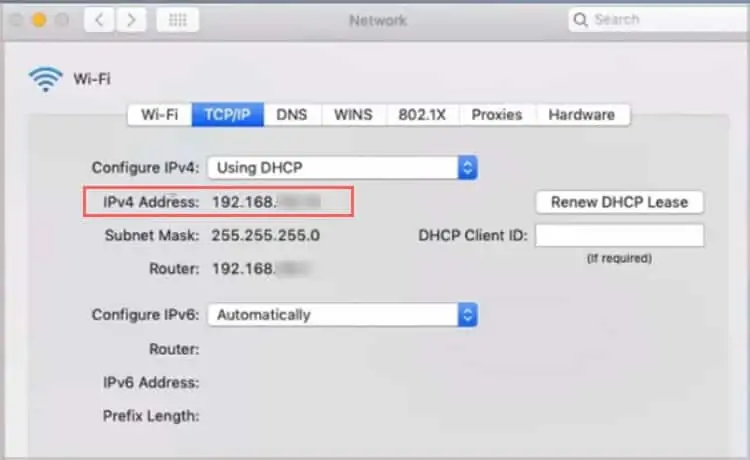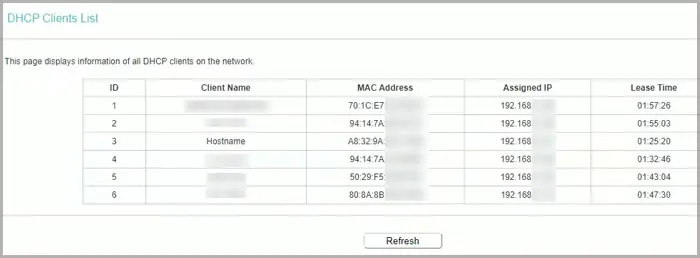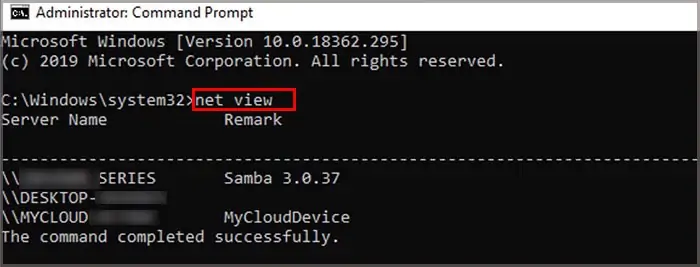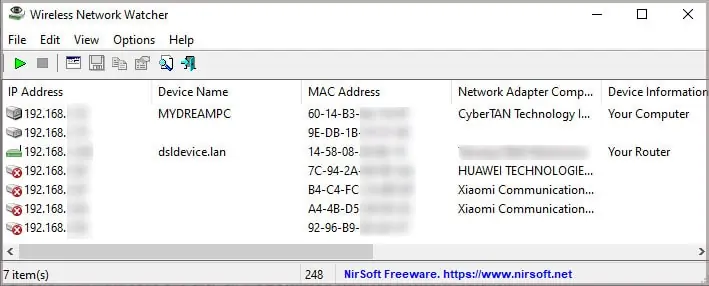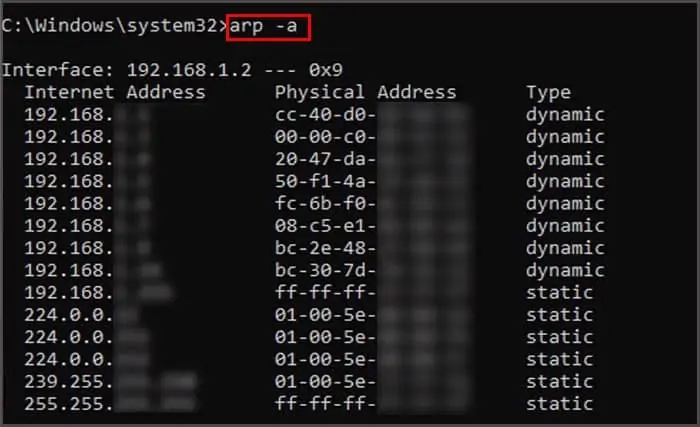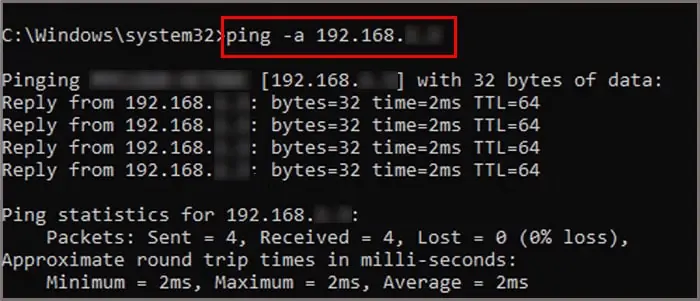Is your internet connection slower than usual? It can happen because several people might have access to your wireless network.
So, if you have some nosy neighbors and suspect them of stealing your Wi-Fi network, then this article is here to help you find out!
We will cover some easy ways to track all the devices connected to your wireless network.
How to Find My Router’s IP Address?
Before you move on to finding out devices that connect to your network, we recommend that you first figure out your router’s IP address. In most instances, you can find it in the back of the router. But, if you are still unable to track it, you can always follow these easy steps.
On Windows
- Go to the Start icon and type in “cmd.” It will open up the Command Prompt.
- After it opens, type in the ipconfig command and hit the return/enter key.
- Under the Default Gateway, you can access your router’s IP address.

On MacOS
- Go to the Wi-Fi icon on the top-right screen.
- Click on the Network Preferences option.
- From the left panel, select Wi-Fi.
- Click the Advanced option from the bottom page.

- Navigate to the TCP/IP tab.
- You can now find your IP address in the Router section.

Use Your Wireless Router
You can easily find out devices that connect to your Wi-Fi by tracking them from your wireless router’s IP address. This method is straightforward and doesn’t require any assistance from third-party applications.
Here is a step-by-step guide on how to do it.
- Go to your computer or mobile device and open up your web browser.
- Type your Router’s Gateway IP address in the URL address field and hit Enter.

- Once you are in the webpage portal, enter your Login credentials.
- Default usernames and passwords can be Admin and password. If not, consult with your Internet Service Providers to access login.
- The user interface in routers can differ from one another. Navigate to find the connected devices.

- After locating the option, you can access all the devices connected to your wireless network.
Alternatively, some Internet Service Providers also provide this access through their own router management application. You can head over and download the app. Launch it, Go to the router settings, and search for the Connected Devices option on your mobile or tablet devices.
Some apps can even have options of choosing to block devices from your wireless network. Make sure you consult your manufacturer or your Internet Service Providers for more information.
Using Command Prompt on Windows
At first glance, this method may appear cryptic for some individuals. Nonetheless, you can see exactly how many devices are connected to your wireless network.
Follow these easy steps and the commands below to access the names of the devices.
- Navigate to the search box on the far-left corner.
- Open up the Command Prompt by typing “cmd.”
- Make sure you Run this program as an administrator.
- In the command prompt box, type in a new command net view.

The process is complete! You will see a list of devices appear on the command prompt.
Note: If you have turned off your devices, they won’t be visible in the command prompt box.
Third-party Applications
If you find the above methods tedious, you can always opt-in by using third-party applications. Here is a simple process on how to use the application.
Wireless Network Watcher (For Windows Only)
Wireless Network Watcher is a small utility that scans your wireless network and displays the list of all computers and devices that connect to your network.
- From your web browser, go to the Nirsoft website.
- Scroll down the page and click on the Download Wireless Network Watcher.
- Click on the Install file option and follow the instructions.
- After the installation, navigate to the search box and type in Wireless Network Watcher.
- The utility will scan your network automatically and display a list of connected devices.

- If you want to check again, go to the top-left corner and click on the ‘Play’ icon to rescan the devices.
Secure Your Wireless Network
Cracking out a Wi-Fi password can be all fun and games. However, you should be aware that your personal and confidential information could get into the wrong hands.
We recommend that you always secure your Wi-Fi network by having a strong password that is hard to decipher. You can also change the Wi-Fi password regularly for better security.
Frequently Asked Questions
How Do You Get the IP and Mac Addresses for the Connected Devices?
If you want to get the IP addresses and the mac addresses for these devices that are connected to your network, here is how to do it.
- Open up the command prompt utility by typing in cmd.
- Ensure you Run it as an administrator.
- Type in the command arp -a and push enter.
- You will see a list of IP and Mac addresses in the command prompt screen.

How Do I Identify Devices on My Network Using Mac and IP Addresses?
You can easily find out the information by pinging the device on your command prompt on your Windows Devices.
Here is a step-by-step process on how to ping the device.
- Navigate to the Start icon and type in cmd.
- You will see the command prompt utility and ensure you run it as an administrator.
- Type ping -a X, where “X” is the IP address of the item which you want to find.

- You can see if it is pinging a certain network name.
Note: If you have turned off your devices, they won’t ping.
What Should I Do if I Don’t Know One of the Devices?
If you don’t recognize a device connected to your network, it can because you have forgotten. But if you think it is an intruder, then the first thing you can do is change your Wi-Fi password and then reconnect all of your devices back again.
What Is a Good Example of a Strong Password?
A strong password consists of 8 or more characters. Use upper and lower case letters, numbers, symbols and have them all mix them up. Plus, we recommend that you have different passwords for every site, that way hackers can’t access all of your accounts if they get one password.

